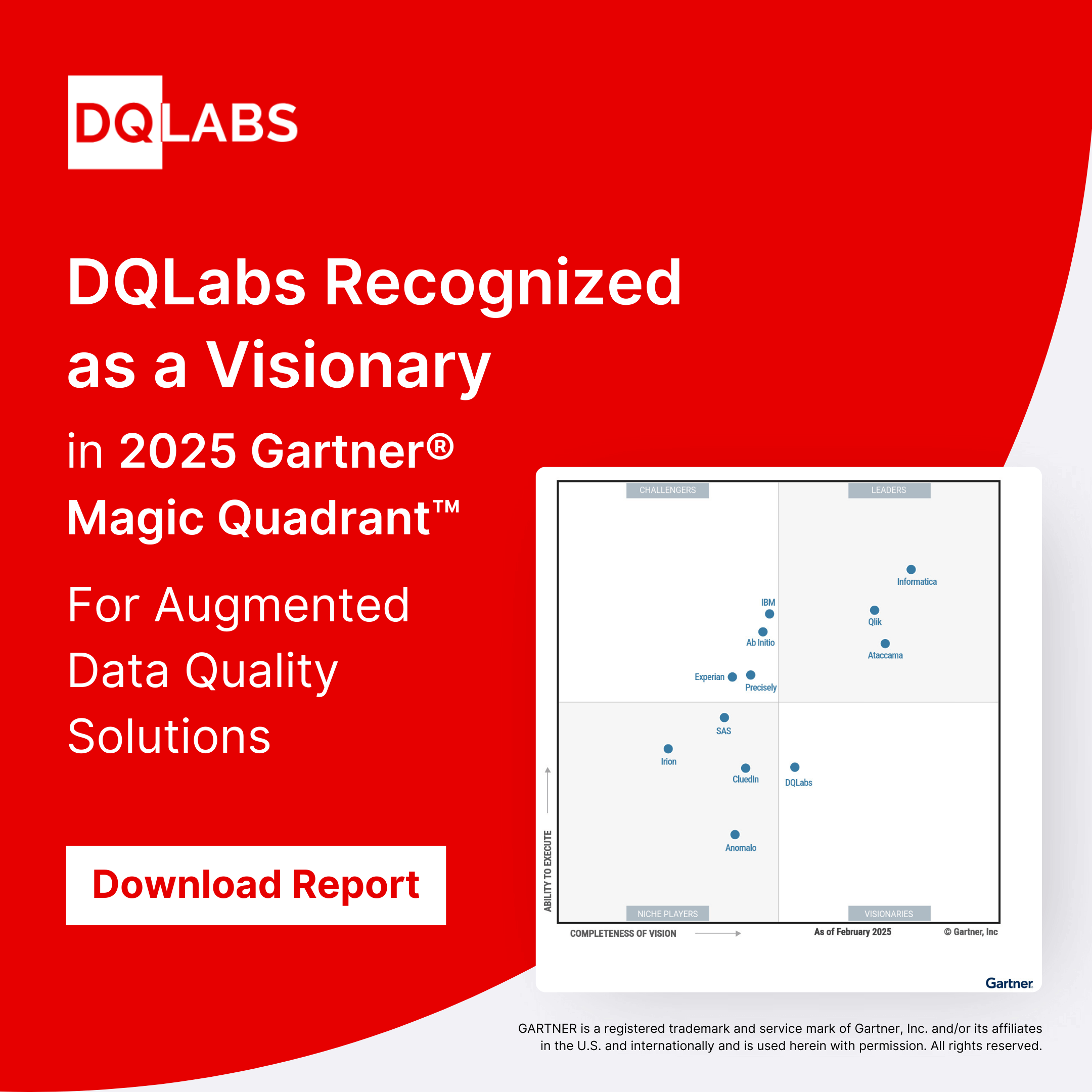Obtaining good quality data can be a tough task. An organization may face quality issues when integrating data sets from various applications or departments or when entering data manually.
Here are some of the things a company can do to improve the quality of the information it collects:
1. Data Governance plan
A good data governance plan should not only talk about ownership, classifications, sharing and sensitivity levels plus also follows in detail with procedural details that outlines your data quality goals. It should also have the details of all the personnel involved in the process and each of their roles and more importantly a process to resolve/work through issues.
2. Data Quality Guidance
You should also have a clear guide to use when separating good data from bad data. You will have to calibrate your automated data quality system with this information, so you need to have it laid out beforehand.
3. Data Cleansing Process
Data correction is the whole point of looking for flaws in your datasets. Organizations need to provide guidance on what to do with specific forms of bad data and identify what’s critical and common across all organizational data silos. Implementing a data cleansing manually is cumbersome as the business shifts, strategies dictate the change in data and the underlying process.
4. Clear Data Lineage
With data flowing in from different departments and digital systems, you need to have a clear understanding of data lineage – how an attribute is transformed from system to system interactions and provide the ability to build trust and confidence.
5. Data Catalog and Documentation
Improving data quality is a long-term process that you can streamline using both anticipations and past findings. By documenting every problem that is detected and associated data quality score to the data catalog, you reduce the risk of mistake repetition and solidify your data quality enhancement regime with time.
As stated above, there is just too much data out there to incorporate into your business intelligence strategy. The data volumes are building up even more with the introduction of new digital systems and the increasing spread of the internet. For any organization that wants to keep up with the times, that translates to a need for more personnel, from data curators and data stewards to data scientists and data engineers. Luckily, today’s technology and AI/ML innovation allow for even the least tech-savvy individuals to contribute to data management at east. Organizations should leverage these analytics Augmented Data Quality, Data Management platforms to recognize immediate ROI and longer cycles of implementation.
